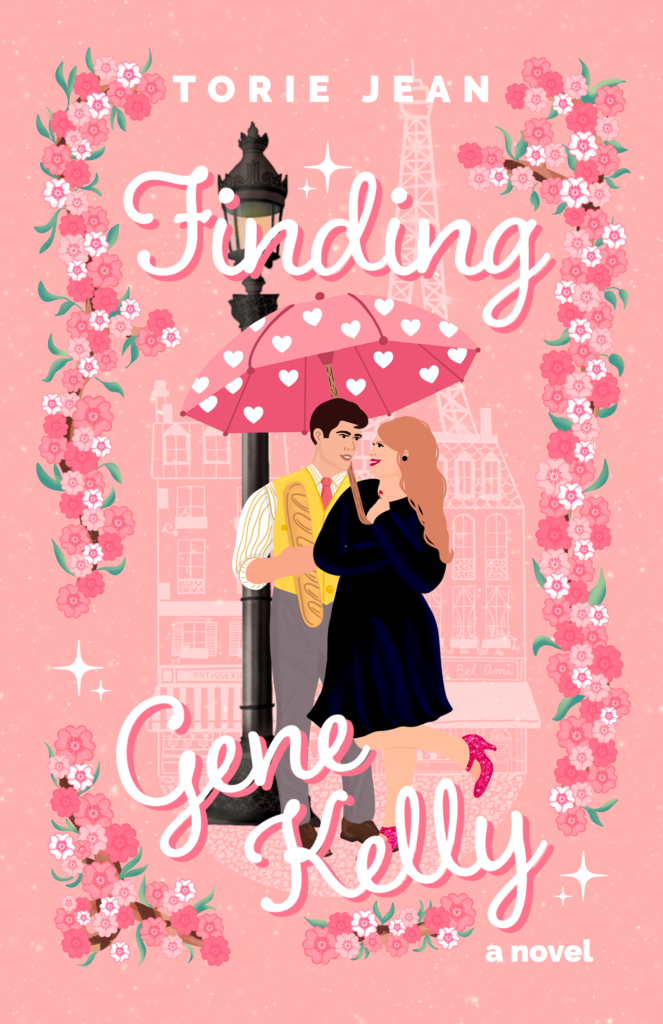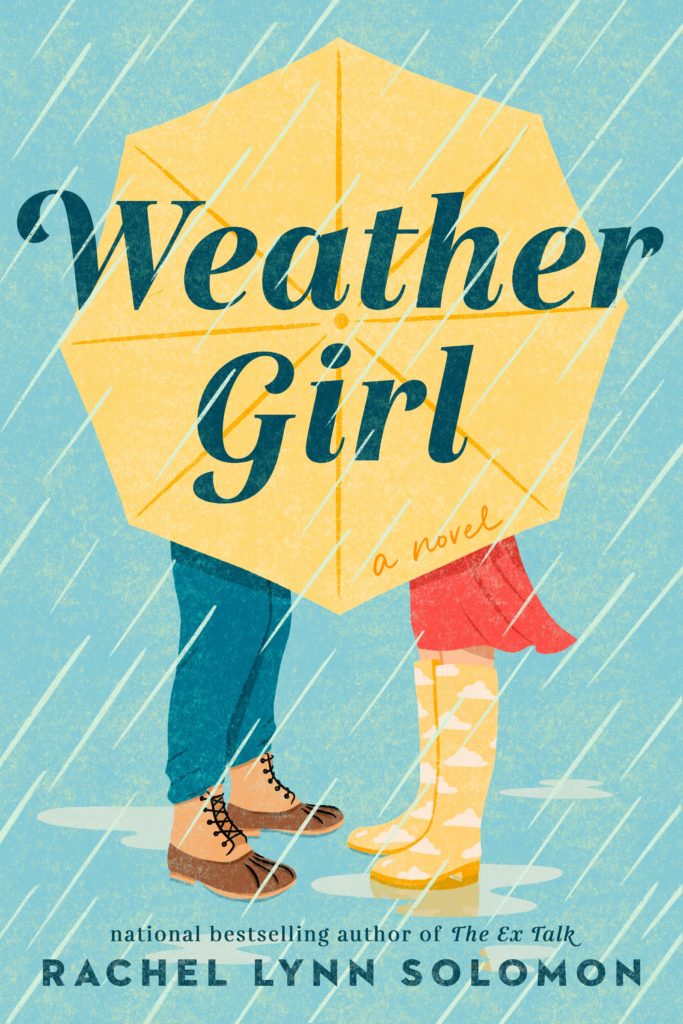
Representation in books is incredibly important. Everyone likes to see themselves in the characters they read. Everyone wants to picture themselves slaying dragons, saving the love interest, or being the focal point of their own grand, sweeping love story.
But taking that representation one step further, and being able to read about a disabled main character written by someone who experiences this in real life? That’s the gold standard.
And it makes all the difference when people are trying to find themselves within the characters or stories they’re reading.
When a book is described as an “Own Voices” book, this means that the author has drawn on their lived experience as a marginalised person and applied it directly to a character. Often referring to disability, it’s a quick and easy way of signalling whether a story may be accurate, believable, or just created by someone who knows their shit.
Where did the phrase “Own Voices” come from?
The phrase #OwnVoices was created by Corinne Duyvis, an autistic YA author who writes stories about disabled characters.
Duyvis coined the term via a hashtag on Twitter, using it to refer to books written with characters in underrepresented or marginalised groups by an author who has the same identity.
While the topic of the book may or may not revolve around the struggles a character may face because of their identity, the general consensus is that this must have an intrinsic connection to the story to ensure these identities are appropriately portrayed.
There’s no right or wrong way to create (or consume) an Own Voices story because marginalised folks rarely ever have the same experience.
Why are Own Voices stories important?
For a long time, the publishing industry has been dominated by white, cisgender, straight, able-bodied authors, which led to two possible scenarios:
- Most main characters were also white, cisgender, straight, able-bodied people (or a blend of some of these characteristics)
- Main characters that were not white, cisgender, straight, or able-bodied people were not accurately portrayed, because the author had no lived experience.
And while this throws up the age-old discussion of whether you should only write what you know (and where that leaves fantasy authors and their dragons), one thing is resolutely clear. Stories about marginalised folks are much more believable and relatable when they’re written by someone who’s lived through it.
Best Own Voices books
Finding Gene Kelly by Torie Jean

My top Own Voices book is always going to be the one I relate to the most, so I can’t talk about this without mentioning Finding Gene Kelly by Torie Jean. Evie O’Shea has endometriosis, and it clearly impacts every single part of her life. And it’s still a total delight to read, even if I relate to the pain a bit too much.
The Bergman Brothers series by Chloe Liese

Chloe Liese is a neurodivergent author dedicated to giving everyone the love story they deserve. From Ryder’s hearing loss in Only When It’s Us to Frankie’s arthritis and autism in Always Only You, these stories warm hearts and open your eyes to a world of struggle and happiness.
Plus, they’re all romance novel enthusiasts, which makes it even better.
Weather Girl by Rachel Lynn Solomon

Accurate depression representation is hard to find in contemporary fiction, but Weather Girl brings it to us with a 98% chance of totally falling in love with this book. Plus, it has a great bit of fat representation, which never hurts.
One thought on “What Does “Own Voices” Mean in Books? ”